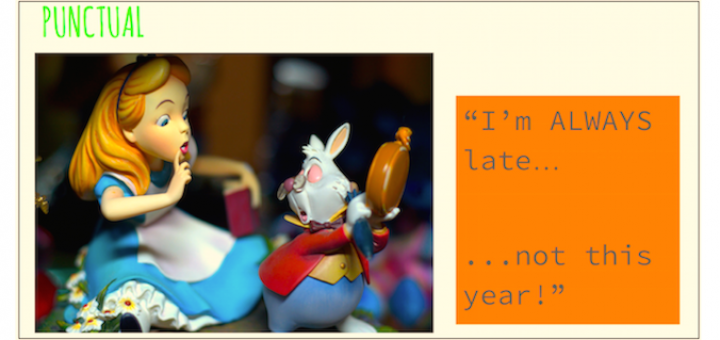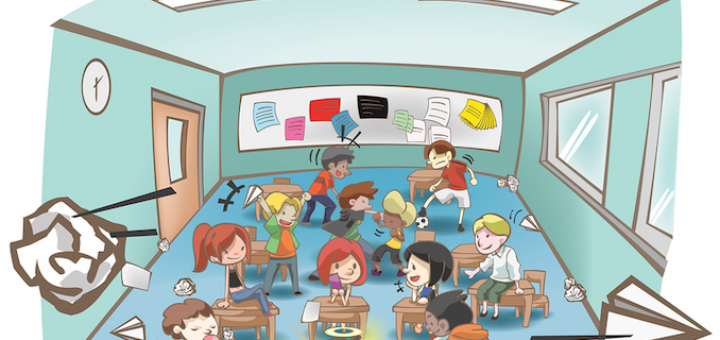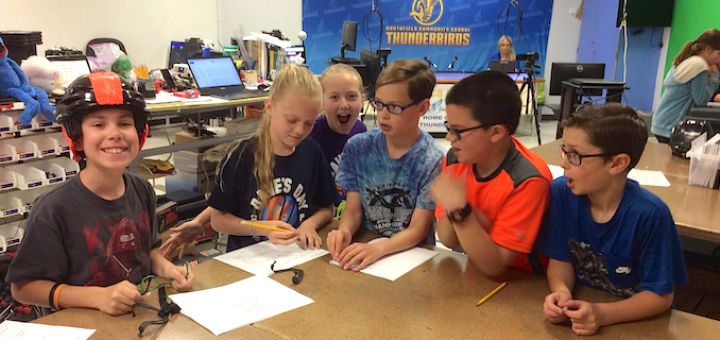Tagged: classroom management
The fully developed strategies and techniques Susan Edwards offers in Active Learning in the Middle Grades Classroom are simple to use and will have students engaged in active, purposeful learning across content areas, says teaching consultant Anne Anderson.
James E. Harlacher presents useful strategies based on “decades of research” for instructors to directly teach behavioral expectations, effectively preventing some inappropriate behaviors. And there’s a chapter for responding to misbehavior, says teacher coach Glenda Moyer.
A few months into your first year teaching and ready for on-point advice? Todd, Katherine and Madeline Whitaker’s common-sense advice in Your First Year can both inspire you and help keep you on the right track. Linda Biondi thinks veterans will find it useful too.
Amber Chandler and her co-teaching colleague will use the One Word Challenge this fall to set the focus and tone for a cohesive classroom culture. After a trial run last January, they are confident it’s the perfect way to kick off the year. Tips & slides!
Educators are going to make mistakes, write Todd Whitaker and teacher-daughters Madeline and Katherine. Whether it’s a misstep with students, friction with a colleague, or a faux pas with admin, quickly admitting faults is part of being a classroom professional.
Students who feel a strong connection to their classmates and teachers are much more likely to persist and achieve shared goals, learn respect, and develop communication skills. Teaching expert Julia Thompson offers strategies to help build positive communities.
The restorative practices advocated by authors Dominique Smith, Douglas Fisher and Nancy Frey invite teachers “to switch their energies from rules to relationships, and provide meaningful instruction,” writes reviewer and instructional coach Glenda Moyer.
Susan Brooks-Young offers a gateway to designing a Hybrid Mobile Technology Program in any unique school district setting. Her brief book features an abundance of resources, guidelines, and questions, says Joshua Zagorski, a K-12 STEM supervisor and instructional technologist.
As a school leader, consultant Frank Buck’s experience was that “if I wanted to launch something new, re-tool something old, or do some course correction, October was my best shot.” Here, Buck suggests several organizational ideas to pursue during the October Oasis.
For years Mary Tarashuk engaged her students in a rule-making exercise that felt democratic but produced her desired outcomes. Now her strategy is to help kids think more deeply about respect and have them use their insights to guide the classroom community.


























